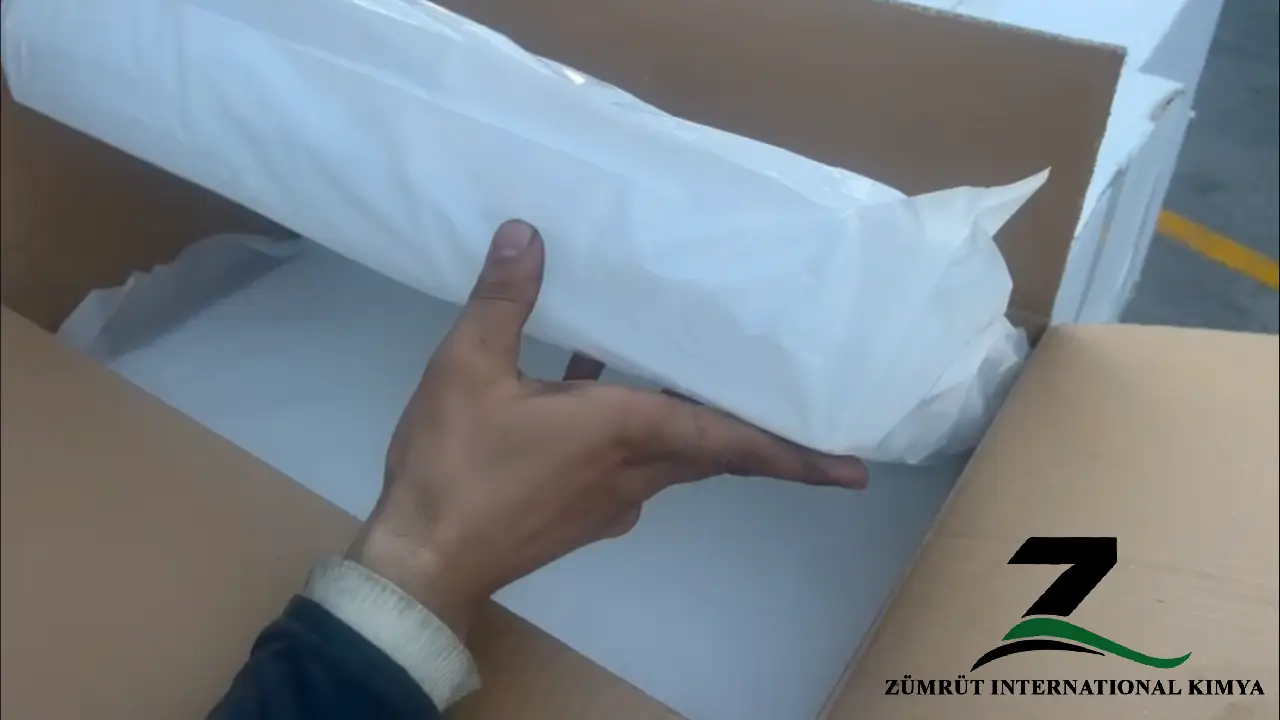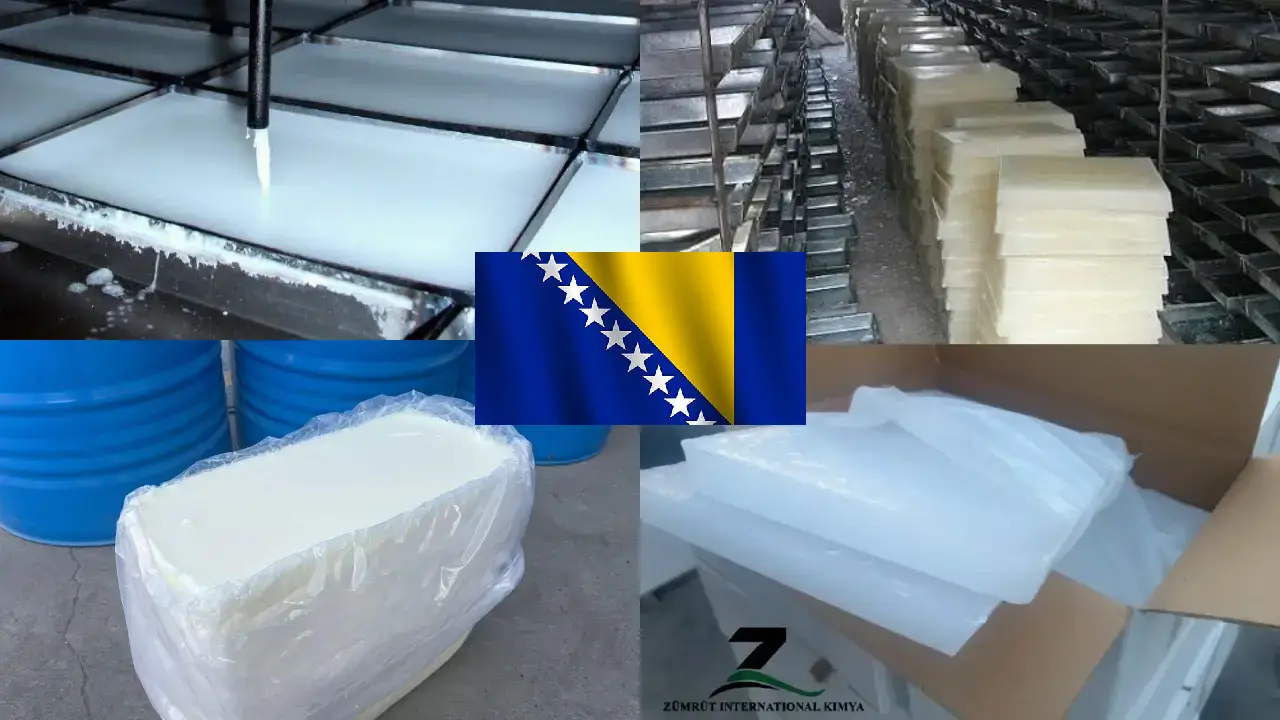
Paraffin and Its Different Grades
Paraffin is a white or colorless soft solid derived from petroleum, coal, or oil shale. It’s composed mainly of straight-chain alkanes and is widely used in candles, cosmetics, packaging, rubber, and as a moisture barrier. Paraffin comes in various grades, each suited for specific industrial or commercial applications.
- Fully Refined Paraffin Wax
Oil content: <0.5%
Appearance: White, odorless, and highly pure
Applications: Cosmetics, pharmaceuticals, food packaging, candles
Features: High purity, excellent color and odor stability - Semi Refined Paraffin Wax
Oil content: 1% , 1–2%, 1-3% , 3-5%, 5-7%
Appearance: White to slightly off-white
Applications: Candle-making, polishes, waterproofing, packaging
Features: Less refined than fully refined, but more economical - Slack Wax
Oil content: 5–30%
Appearance: Yellowish or brownish, more viscous
Applications: Lubricants, matches, rust protection, paraffin production
Grades:
Light Slack Wax (lower oil content, lighter color)
Heavy Slack Wax (higher oil content, darker and more viscous) - Microcrystalline Wax
Oil content: Variable
Appearance: More elastic and tacky than paraffin wax
Applications: Cosmetics, adhesives, coatings, pharmaceuticals
Features: Smaller crystals, more flexible and sticky
Choosing the right paraffin grade
Selecting the appropriate paraffin grade is crucial to ensure optimal performance, cost-efficiency, and product safety. Here are key factors to consider when choosing a paraffin grade for your application:
- Application Purpose
Candles & Cosmetics: Use fully refined paraffin wax for its purity and consistent performance.
Packaging & Waterproofing: Semi refined paraffin wax provides good performance at a lower cost.
Industrial Lubricants & Matches: Slack wax (light or heavy) is ideal due to its higher oil content.
Pharmaceutical & Personal Care: Microcrystalline wax is preferred for its tackiness and elasticity. - Oil Content
Lower oil content (e.g., <0.5%) is better for clean-burning and high-purity applications.
Higher oil content (5–30%) offers better lubrication and is more suitable for industrial use. - Melting Point
Affects how the wax behaves under heat.
Choose lower melting points for easy application (e.g., skin creams).
Higher melting points are better for structural integrity (e.g., container candles or technical coatings). - Purity and Color
High-purity white waxes are best for visible or skin-contact products.
Lower purity grades are sufficient for technical or hidden industrial applications. - Budget Constraints
Fully refined paraffin is costlier but essential for premium or regulated products.
Semi refined and slack wax are more economical for general or bulk industrial use.

Which paraffin grades are most widely used in Bosnia
In Bosnia and Herzegovina, the paraffin wax market is predominantly supported by imports, with limited domestic production. The most widely used paraffin wax grades include:
- Fully Refined Paraffin Wax (Oil Content <0.75%)
Usage: Primarily utilized in candle manufacturing, cosmetics, pharmaceuticals, and food packaging due to its high purity and low oil content. - Semi-Refined Paraffin Wax and Other Mineral Waxes
Usage: Employed in applications such as rubber processing, adhesives, sealants, and industrial coatings.
Packaging of various paraffin grades for Bosnia
- Slabs or Blocks:
Description: Paraffin wax is often molded into slabs or blocks, typically weighing around 5 kg each.
Packaging: These slabs are individually wrapped in nylon bags and then packed in groups (usually five slabs) into sturdy carton boxes with multiple layers to prevent damage during transportation. - Granules or Pellets:
Description: For applications requiring precise measurements and quick melting, paraffin wax is processed into granules or pellets.
Packaging: Available in various weights, such as 300 g, 500 g, 1 kg, up to 10 kg, these are commonly used in candle making and are packaged in bags suitable for retail or industrial use. - Pastilles or Beads:
Description: Small, spherical-shaped wax particles that are easy to handle and melt.
Packaging: Typically packaged in bags or containers, suitable for cosmetic applications where precise dosing is essential. - Liquid or Slurry Form:
Description: Paraffin wax can be transported in a molten or semi-liquid state for specialized industrial applications.
Packaging: Shipped in insulated tankers or containers designed to maintain the required temperature, ensuring the wax remains in liquid form during transit.
Key Bosnia ports for receiving paraffin grades
- Port of Bosanski Brod
Location: Situated on the Sava River, near the town of Brod. - Port of Šamac
Location: Located on the Sava River in the northeastern part of the country.
Domestic and foreign Paraffin Supplier Bosnia
- HABCO: A regional distributor specializing in paraffin and paraffin wax products across Central and Eastern Europe. They offer semi-refined and fully refined paraffin wax, slack wax, and technical waxes suitable for various industries .
- Desertcart Bosnia: An online platform providing access to a range of candle wax products, including soy and paraffin wax, catering to small-scale consumers and hobbyists .
International Paraffin Supplier Bosnia
ZUMRUT International Kimya is a prominent Turkish petrochemical company supplying paraffin wax to Bosnia and other Eastern European countries. With operations in Turkey and the UAE, the company is a key player in the regional paraffin wax market.
Specifications of semi-refined paraffin with oil grade 1%, 1-2% and 3-5% for Paraffin Supplier Bosnia
| Property | 1% Oil Content | 1–2% Oil Content | 3–5% Oil Content |
| Oil Content | ≤ 1% | 1–2% | 3–5% |
| Melting Point (°C) | 58-60 | 58–62 | 56–60 |
| Color | White to snow white | Off-white to cream | Pale yellow to off-white |
| Odor | Odorless or very mild | Mild hydrocarbon scent | Noticeable hydrocarbon scent |
| Penetration @25°C (dmm) | ≤ 15 | 15–20 | 20–30 |
| Viscosity @100°C (cSt) | 4.0–5.5 | 4.5–6.0 | 5.5–7.5 |
| Flash Point (°C) | ≥ 240 | ≥ 230 | ≥ 220 |
| Moisture | None | None | None |
| Ash Content | ≤ 0.03% | ≤ 0.05% | ≤ 0.1% |
| Congealing Point (°C) | 58–62 | 57–61 | 55–59 |
| Applications | Cosmetics, food-grade candles, packaging | Candle making, paper coating, crayons | Matches, plywood, rubber, industrial candles |


